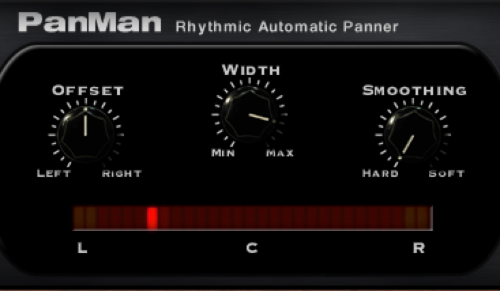Compression seems to be an aspect surrounding music production that many try, but few understand. Does anyone know the science on how to properly compress a track? How do you know when you're compressing too much to little? What exactly does it do? When should you use it? When is it necessary?
An answer to any of these questions would be greatly appreciated. Thanks!
This is a Lesson Review from a Mixing and Mastering Course I had.Compression is one of the most difficult practices to comprehend without proper explanation. In every great mix, there is plenty of compression—on the individual elements, on the group tracks, and on the master fader. Multiple layers of good compression choices add up to a really strong, powerful, alive mix.
Compression is essentially dynamics control. The use of compression allows us to control the dynamics of the various elements of the mix. It is like having a team of elves with their fingers on a mixing console, hovering above the channels, and reaching to dip the faders down in a manner that you prescribe. You can have jumpy elves, mellow ones, or total alarmists. It's up to you, and you can have a variety of personalities on your elf team, which is typically the way to go.
The threshold tells the elf when to act. The attack time is the time the elf takes to start turning down the fader after the threshold is crossed. The ratio is how far the elf pulls the fader down. And the release time is the amount of time it takes for the elf to let go of the fader (no elf meddling) after the signal has crossed below threshold.
Some compressors have a knee control, which is the speed of the elf's finger as they pull down the fader. In addition, some compressors have an auto-gain make-up that knows exactly how far the elf is pulling down the fader, and adjusts the overall output of the channel to keep gain up as the dynamics are being adjusted by the elf.
Sometimes the engineer wants to gently contain the dynamics of a signal. Other times the engineer wants to reign in the dynamics so that they exist within a very small range. For example, if you are compressing a very dynamic singer, your goal is to make sure that the quiet parts of the performance are still heard, but that the load points are not piercing. In this instance you would probably use a medium threshold, a medium-fast attack, a medium ratio (4:1 to 6:1), and a medium-fast release. You might even want to employ a limiter after the compressor that does not react at all to the general performance, but kicks when a really loud part of the performance occurs.
On the other hand, if you were trying to level out the snare playing from an erratic drummer, you would probably want to end up with a snare track that had a very narrow dynamic range -- so that all of the snare hits felt consistent and even. In that case, you would want a low threshold, fast attack, medium release, and a high ratio like 10:1. This setting would react to every snare hit and level each one out to create a very even sound performance.
The permutations are endless. Once you grasp that each one of the parameters of the compressor can create more or less compression, but in different ways, you will begin to understand that the compressor is a highly configurable tool, capable of envelope shaping and sound design. It takes a bit of practice, but over time you will find that the compressor will perform according to the settings that you dial in. You will start to learn how to communicate with your team of elves. They will learn to respect, obey and love you. And you will love them back!


